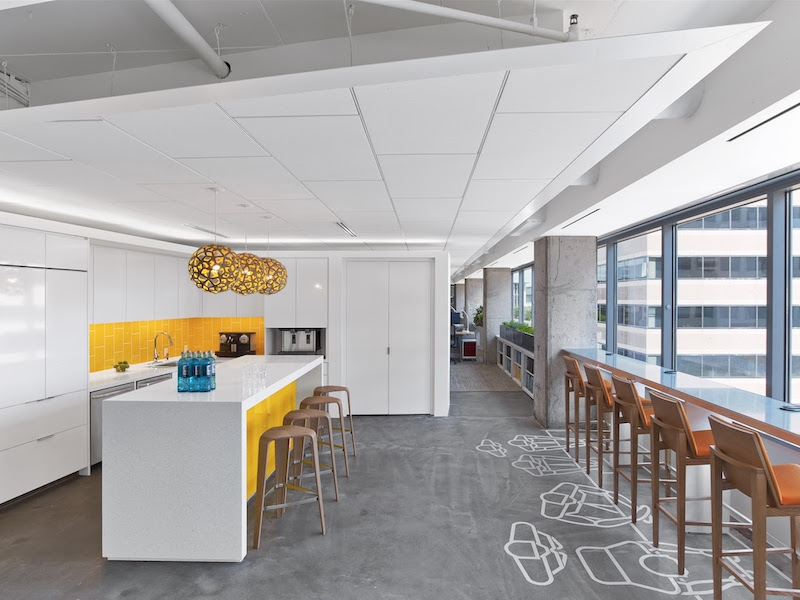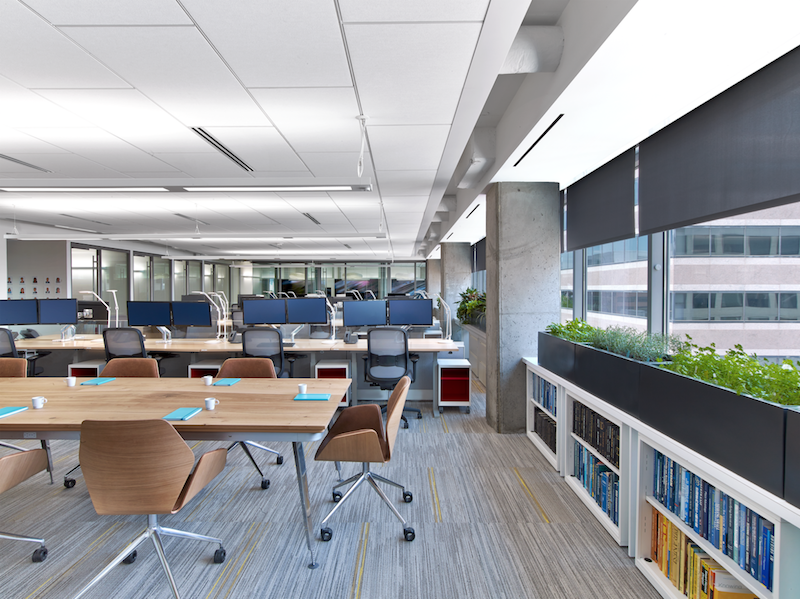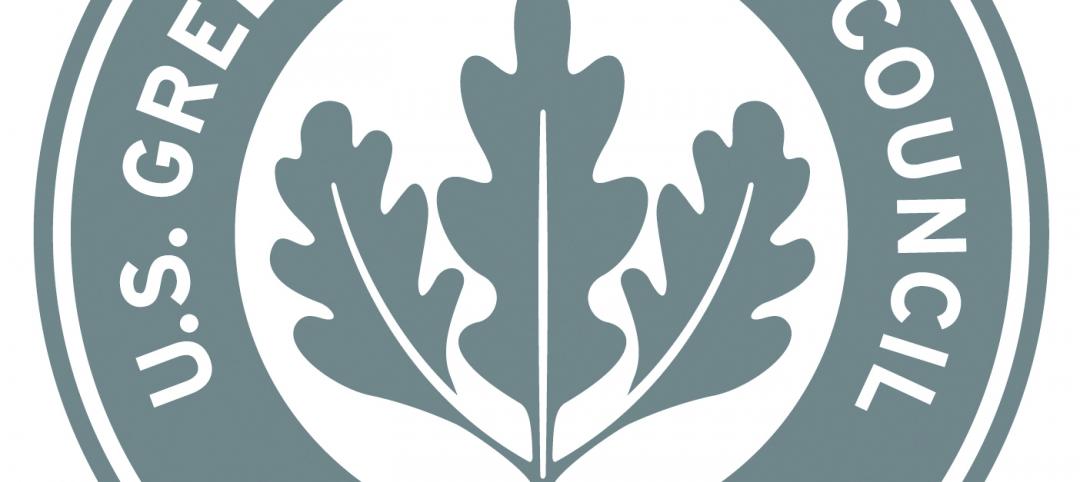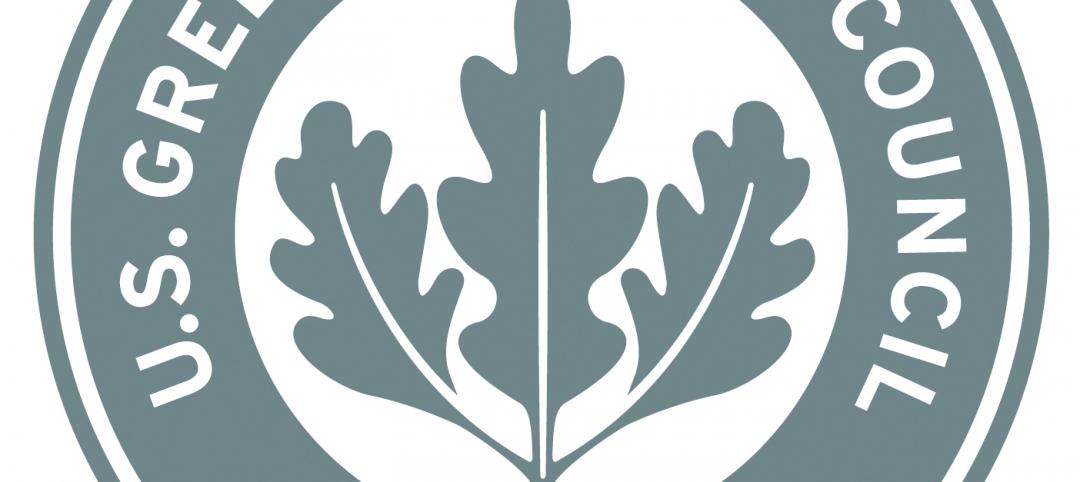The American Society of Interior Designers (ASID) headquarters office is the first space in the world to achieve Platinum Level Certification for both the WELL Building Standard and LEED.
The 8,500 sf office space, designed by Perkins+Will, features human-centric design elements including:
- Biophilic design strategies, which introduce natural elements into a space to help reduce stress and increase air quality
- Sound masking systems
- Rigorous water quality standards
- A circadian lighting system developed to expand worker productivity by helping to regulate the body's physiological processes
 Courtesy of ASID.
Courtesy of ASID.
Healthy policies and procedures that emphasize employee health and productivity include providing fresh fruit and vegetables, sit/stand desks, and a wellness room to provide mental breaks. The office is serving as a living laboratory for the design community.
Related Stories
| Mar 15, 2012
Construction industry a big winner in federal small disadvantaged business procurement
Last year, only 5% of federal contract dollars went to small disadvantaged businesses. Construction and facilities support firms were the biggest beneficiaries.
| Mar 15, 2012
ANSI approves new fall protection standards
The American National Standards Institute (ANSI) has approved two American Society of Safety Engineers' (ASSE) standards addressing fall protection.
| Mar 8, 2012
Engineering innovation provides new option for meeting seismic codes in skyscrapers
Two University of Toronto engineers have developed “viscoelastic-energy-dissipating dampers” to replace many of the heavy concrete beams used in tall structures.
| Mar 8, 2012
CSI webinar on building code compliance March 22
A March 22 webinar will provide an overview of a 28-step process during the design of a building to ensure compliance with building codes.
| Mar 8, 2012
Federal silica dust rule caught in bureaucratic limbo
A federal rule meant to protect the lungs of workers has been caught in bureaucratic purgatory for more than a year.
| Mar 8, 2012
New LEED-EBOM rating has requirements for specific project types
Several key changes are proposed for the LEED-EBOM Rating System in 2012.
| Mar 8, 2012
Green buildings more resilient than conventionally built structures
A new study by the U.S. Green Building Council (USGBC) and the University of Michigan’s Taubman College of Architecture and Urban Planning suggests that structures built to green standards can advance building resiliency.
| Mar 1, 2012
LEED Platinum standard likely to mean net-zero energy by 2018
As LEED standards continue to rise, the top level, LEED Platinum, will likely mean net-zero energy construction by 2018.















